- 1-Why-Alaska-wildlife-is-unique-#why-alaska-wildlife-is-unique
- 2-Bears-and-how-to-see-them-safely-#bears-and-how-to-see-them-safely
- 3-Moose-encounters-and-what-to-know-#moose-encounters-and-what-to-know
- 4-Whales-seals-and-marine-life-#whales-seals-and-marine-life
- 5-Eagles-owls-and-Alaska-birdlife-#eagles-owls-and-alaska-birdlife
- 6-Where-to-see-wildlife-Denali-Kenai-Katmai-#where-to-see-wildlife-denali-kenai-katmai
- 7-Safety-tips-from-guides-and-park-rangers-#safety-tips-from-guides-and-park-rangers
- 8-Real-travel-stories-and-wild-encounters-#real-travel-stories-and-wild-encounters
- 9-Responsible-tourism-and-conservation-#responsible-tourism-and-conservation
- 10-How-Refined-Travel-helps-you-plan-#how-refined-travel-helps-you-plan
Why Alaska wildlife is unique
1. A land where wilderness rules
Alaska is home to some of the most diverse wildlife in North America. Vast glaciers, coastal waters, and tundra landscapes create habitats for creatures that thrive nowhere else in such abundance. From humpback whales to grizzly bears, this is a region where wildlife still dominates the scenery.
2. The scale of encounters
Unlike other destinations, spotting animals in Alaska feels more intimate—whether it’s an eagle soaring above a fjord or a moose quietly grazing near a trail.
Bears and how to see them safely
1. Grizzlies and brown bears
Katmai National Park is famous for its bear-viewing platforms at Brooks Falls, where salmon leap into the jaws of patient brown bears. Travelers often describe the sight as both humbling and exhilarating. Always keep a safe distance and follow ranger instructions.
2. Black bears and urban edges
Even close to Anchorage or Juneau, black bears can appear on hiking trails. Carry bear spray, travel in groups, and make noise to avoid surprise encounters.
Moose encounters and what to know
1. Majestic but unpredictable
Moose are iconic in Alaska, often seen along highways or near wetlands. Despite their calm appearance, they are highly protective, especially mothers with calves. Staying inside your vehicle during close sightings is the safest approach.
2. Traveler insight
One visitor recounted pulling over to photograph a bull moose in Denali only to have the animal suddenly charge the road. Respecting space is essential.
Whales, seals, and marine life
1. Whale watching
Humpbacks and orcas migrate through Alaskan waters every summer. Boat tours from Seward or Juneau often deliver unforgettable sightings of whales breaching against glacier backdrops.
2. Seals and sea lions
Haul-outs along rocky coasts make sea lions easy to spot. Seals are more elusive, but kayakers sometimes find them popping up curiously near icebergs.
Eagles, owls, and Alaska birdlife
1. Bald eagles as a daily sight
In many coastal towns, bald eagles are as common as pigeons in cities elsewhere. Seeing dozens perched along Homer Spit is a breathtaking reminder of Alaska’s wild freedom.
2. Owls and migratory birds
Winter brings sightings of snowy owls, while summer is alive with migratory shorebirds, making Alaska a paradise for birdwatchers.
Where to see wildlife: Denali, Kenai, Katmai
1. Denali National Park
With its “big five”—grizzlies, moose, wolves, caribou, and Dall sheep—Denali is an essential stop for wildlife enthusiasts. Bus tours increase your chance of spotting these animals safely.
2. Kenai Fjords
Kenai offers incredible marine wildlife encounters, from puffins to humpbacks, all framed by calving glaciers.
3. Katmai and beyond
Beyond Katmai’s bears, remote lodges and guided fly-in safaris offer chances to witness wolves or even elusive lynx.
Safety tips from guides and park rangers
1. Keep your distance
Never approach wildlife for a closer photo. Experts recommend at least 300 yards for bears and 100 yards for moose or wolves.
2. Pack the right gear
Binoculars and long lenses bring animals closer without risk. Bear spray and whistles are essentials for backcountry hikes.
3. Travel with guides
Local guides know animal behavior patterns and add cultural and ecological insights, making your trip safer and richer.
Real travel stories and wild encounters
A family in Seward recalled how a whale breached beside their tour boat, showering everyone in mist while the captain calmly explained humpback feeding behaviors. Another traveler described the eerie thrill of locking eyes with a wolf across a tundra plain in Denali—an unforgettable moment of wilderness connection.
Responsible tourism and conservation
1. Minimizing impact
Stick to trails, pack out waste, and avoid feeding animals. These practices protect ecosystems and ensure future visitors enjoy authentic experiences.
2. Supporting local communities
Book wildlife tours run by Alaskan locals, which often reinvest earnings into conservation projects and community initiatives.
How Refined Travel helps you plan
1. Curated itineraries with safety in mind
Refined Travel offers tailored trips that combine the thrill of Alaska wildlife encounters with expert safety measures, ensuring peace of mind while you explore.
2. Beyond the brochure
With Refined Travel’s recommendations, you’ll know which season is best for bear viewing, when to catch the whale migrations, and which guides have the best reputations. Ready to explore? Refined Travel makes Alaska’s wild heart accessible and safe.

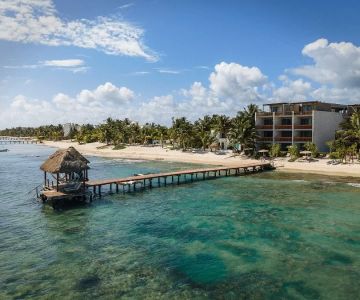



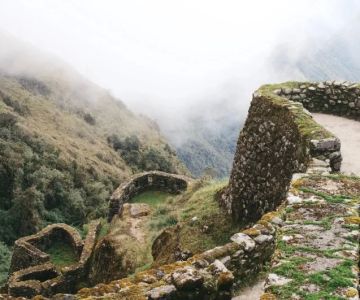

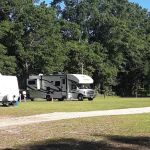 ZZ's Kozy Campground/RV Park4.0 (28 reviews)
ZZ's Kozy Campground/RV Park4.0 (28 reviews) Lafayette2.0 (43 reviews)
Lafayette2.0 (43 reviews) Americana Mobile Home Park3.0 (56 reviews)
Americana Mobile Home Park3.0 (56 reviews)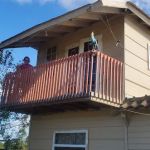 Camp Papa Edgar5.0 (7 reviews)
Camp Papa Edgar5.0 (7 reviews)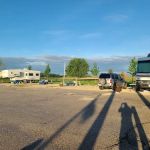 Early View RV Campground4.0 (18 reviews)
Early View RV Campground4.0 (18 reviews)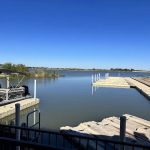 Goodfellow AFB Recreation Camp4.0 (266 reviews)
Goodfellow AFB Recreation Camp4.0 (266 reviews)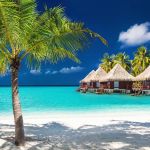 Exclusive Travel Packages for First-Class Travelers: A Guide to Luxury Vacations
Exclusive Travel Packages for First-Class Travelers: A Guide to Luxury Vacations Refined Travel Experiences in Southeast Asia: Explore Luxury & Unique Destinations
Refined Travel Experiences in Southeast Asia: Explore Luxury & Unique Destinations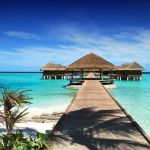 How to Make the Most of Luxury Vacation Deals: Expert Tips for Savvy Travelers
How to Make the Most of Luxury Vacation Deals: Expert Tips for Savvy Travelers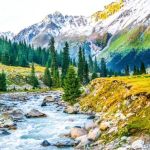 How to Enjoy a Refined Travel Experience in the Mountains
How to Enjoy a Refined Travel Experience in the Mountains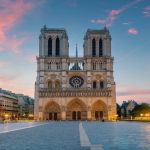 Refined Travel Itineraries for Art and Culture Lovers: Explore the World of Art and History
Refined Travel Itineraries for Art and Culture Lovers: Explore the World of Art and History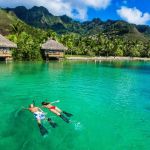 Most Luxurious Destinations for Honeymooners: Top Spots for Romance and Luxury
Most Luxurious Destinations for Honeymooners: Top Spots for Romance and Luxury